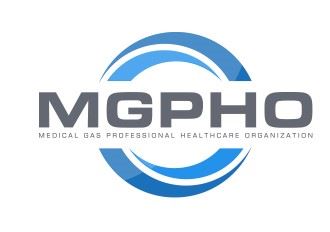Al,
to answer your questions concerning the Total Oxidizer concentration, please see my comments in italics:
But it's the lack of direction from the NFPA 99 Code, that I have a problem.
Concerning mostly with how to maintain below this 23.6 %, and what to do if it is over 23.6%.
1) Where is this > 23.6% to be measured ?
( i.e. at the user connection points, or in the main vacuum line or at the source vacuum ball valve or at the vacuum receiver, or inside the vacuum receiver or at the outside vacuum exhaust point ? )
The code is asking for protection of high oxidizers entering the vacuum pumps, so the sensor needs to be placed at the inlet to the pumps. See response at 4.1.
2) What kind of instrumentation is to be used ?
( i.e. for both oxygen & nitrous oxide) ?
Yes, I understand in newer editions the nitrous oxide may be removed, but Edition 2012 of NFPA 99 is the rule of order.
The sensor must be capable of sensing both oxygen and nitrous oxide. (per NFPA 99, 2012, oxygen only for NFPA 99 2018)
3) Does NFPA 99 Require Any Alarms ?
(1) warning for High O2% at 21%, (1) alarm for High O2 @ 23.6%, both warning & alarm have dry contact outputs available to be wired to the MAP's.
4) Where in the code does it even state it's to be measured ?
When the code doesn't specifically address specific design criteria requirements like this, as from the US government in other industries, we develop what we call derived requirements. So, here are my DRAFT derived requirements for NFPA 99 5.1.3.8.1.2 (2):
- The total concentration of oxidizers shall be measured where all facility vacuum piping becomes centralized prior to each vacuum pump isolation valve.
- Oxidizer monitoring shall provide continuous surveillance of the vacuum system while the facility is in operation.
- If oxidizer levels are expected to exceed the required limit during facility operation, active oxidizer mitigation shall be employed prior to the vacuum pump inlet (unless the pump complies with 5.1.3.8.2.1) to maintain total oxidizer concentration below the required limit.
- A local alarm signal shall activate when monitored oxidizer levels exceed the required limit. This local alarm signal could also be provided to the master alarm panel.
5) Does NFPA 99 Supply Any Directions On What The Healthcare Staff Is To Do ?
If The System Is Over > 23.6% Oxidizer (O2 & N2O) ?
( i.e. in a medical air compressor system on a high temperature alarm the unit is to shutdown so should a oxidizer reading of over 23.6 % not also shutdown the medical surgical combo wagd producer ? )
See response at 4.2; A mitigation process of the high oxidizer concentration needs to be employed.
Scott Jussel

